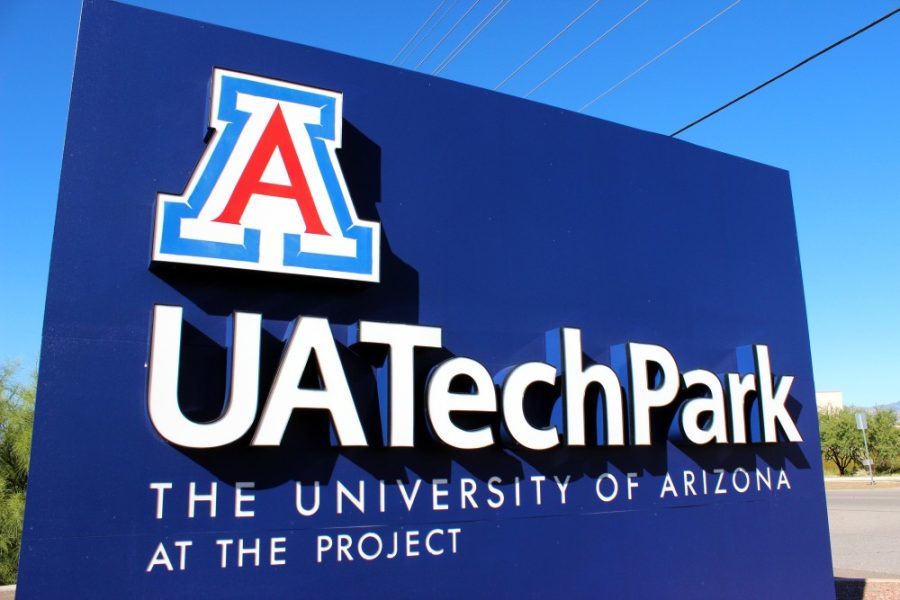A researcher at the University of Arizona developed a carbon fiber fabric that will be inserted into fractured bones to help them heal. The fabric will be used as an alternative to plaster or fiberglass casts.
RELATED: Researchers aim to treat chemotherapy side effects without opioids
The inventor of the fabric is Hamid Saadatmanesh, professor of civil and architectural engineering and mechanics, described how the fabric is inserted.
“So what we have proposed here is the use of carbon fiber in the form of a tiny sleeve that is inserted inside the bone cavity through two small holes,” Saadatmanesh said. “Then fill that carbon fiber tube with a bio-compatible polymer material that forms a rod inside the bone that holds it together.”
The time it takes a bone to heal greatly depends on the invasiveness of the operation. That is something this invention takes into account and solves.
“Normally when you have a fractured bone right now, the conventional technique to repair that would be to make a cut and then they have a titanium or stainless-steel bar,” Saadatamanesh said. “Then they use nuts and bolts to hold the bone together until it heals. Because of that incision that they have to make and the trauma, it takes a long time for recovery.”
The fabric is also meant to be permanent, another difference between this method and the use of conventional casts, according to Saadatmanesh.
Because of the decrease in recovery time and labor, Saadatmanesh is positive that his invention will also be a cheaper alternative.
“The procedure is definitely less invasive, it doesn’t require that much time and labor in the surgery,” he said. “So the cost should be less.”
Saadatmanesh has been working on the applications of carbon fiber at the university since 1987. Originally, he had been working with the material to strengthen broken buildings and bridges. He is now using it in the body as a “spinoff,” as Saadatmanesh described it, or continuation of that idea.
“The skeleton is a form of structure that supports the body just like steel beams and columns that support a building,” Saadatmanesh said. “The bones in our body support our weight. So it is the same concept except I am moving it into a different application.”
UAVenture Capital has provided funding for Saadatmanesh’s invention to his company, MediCarbone, Inc.
Paul Tumarkin, senior manager of marketing and communications at Tech Launch Arizona, the UA office that commercializes new inventions by researchers at the university, spoke about the process of commercialization.
“There is a law called the Bayh-Dole Act that says that any research, any product of publicly funded research is owned by the institution that created that knowledge,” Tumarkin said. “What that means, essentially, is at the University of Arizona we have people doing research that has been funded publicly by the [National Institutes of Health] or from the [National Science Foundation]. So when inventions come out of that research, the university owns the intellectual property. And also by that same law, the university is obligated to get the product of that research out into the world for societal good.”
Tech Launch Arizona’s role is to explore how the invention will fit into the market. They reach out to local investment companies in order to locate potential licensees that may be interested in the applications and vision of the product, according to Tumarkin.
For Saadatmanesh and MediCarbone, Inc., this was UAVenture Capital.
The inventor, Tech Launch Arizona, the dean and the department all receive percentages of revenue based on the generated return. The inventor always receives the highest percentage.
Tumarkin said, “The goal is to really take the products and results of the research, work, investigation and creativity going on at the U of A and get them out into the world where they can improve lives and make a better world.”
Follow Noah Cullen on Twitter















